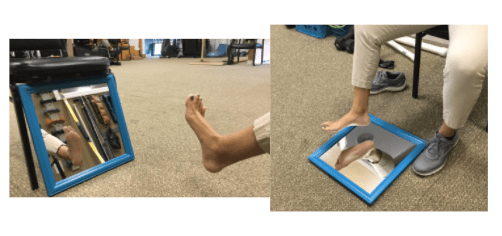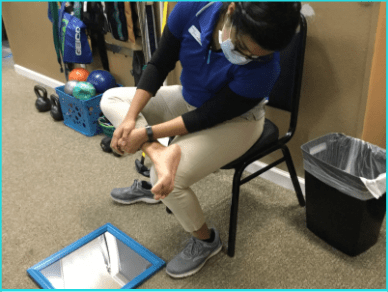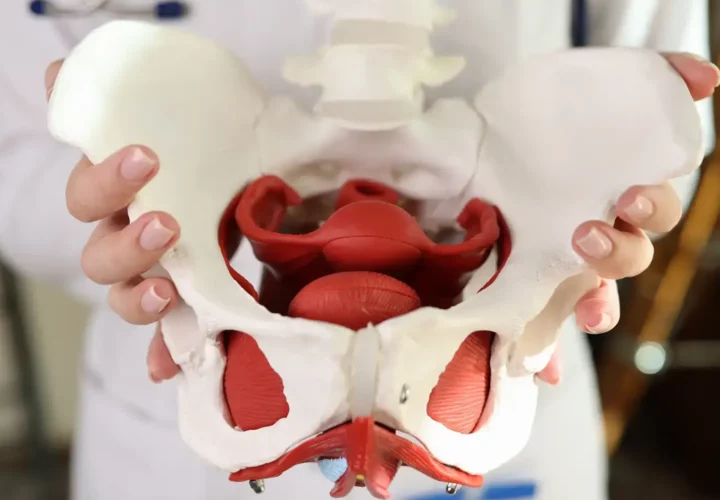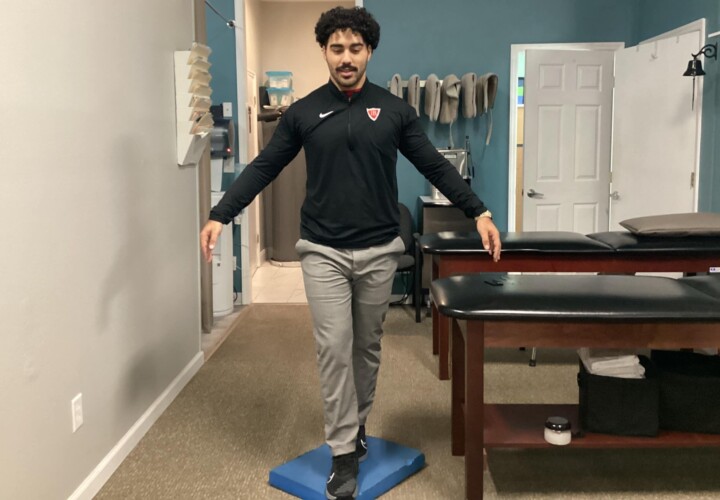As we get older, our body goes through a lot of changes. Some things that change are not because “you are just getting old,” and should require some more attention so you can get the proper medical attention to live your best lives. Now when we say “normal aging,” this means expected and universal changes that occur in the body which can be related to environmental and genetic factors. These are your regular changes that occur among all the different systems in the body. They can become “not normal,” if other factors affect or speed up negative conditions. These factors may include chronic disease such as coronary artery disease, high blood pressure, diabetes, etc. These do not necessarily mean that there is something dangerously wrong, but should more so grab some of your attention. “Not normal” changes are those related to injury or disease that may affect how you participate in your normal day-to-day activities. Proper shoes can even affect your day-to day leading to injury. Here are some normal and not normal things that occur in aging that we should pay attention to:
Loss of muscular strength so apparent that you are not able to perform normal daily activities such as getting in and out of bed/chair, walking, etc.
Frequent falls, “near falls,” or using hands to guide your way through furniture or walls for balance
Frequent fractures, frequent pain that affect also affects normal day-to-day activities
Changes in sensation in hands, feet or other parts of body
Any joint pain or discomfort that is affecting daily activities
Paralysis, or losing function of any muscles or ability to move
Frequent bruising, bleeding
Such decreased ability of function that you are no longer able to manage your own finances, housework, work activities.
There are things we can address at home in order to decrease fall risk- one being proper shoes/footwear!
It is important to have well-fitting, secured footwear to make sure there are no trip hazards while moving around. Here are some things to consider when looking to buy new pairs of shoes:
Wear supportive shoes both inside and outside of the house. These include shoes with traction, cushioning and low heels.
Avoid use of flip flops and/or slippers. Most are not slip-resistant, and do not allow for adequate foot support. They are also easy to catch on to loose items on the floor and can cause trip hazards.
Going barefoot or only wearing socks can increase your risk of falls in the home.
If you have any foot pain or issues with walking, it can be beneficial to bring it up to your primary care physician to get the appropriate referral for further assessment.
Certain medical conditions can also affect the footwear that you may have to wear:
1. Considerations for footwear in people with diabetes
a. Loss of sensation in the legs could affect how you walk, as well as skin changes. If shoes are too tight, loss of sensation may affect your ability to feel when a blister or skin irritation is happening. This can increase your chances of an open wound and/or infection that may take some time to fully heal.
b. In considering footwear, it is best to consider one that has a wide toe box to allow for enough space to prevent skin breakdown.
c. It is best to try out the shoes when walking and performing activities after 10-30 minutes and looking at the skin right after. If you notice any changes in skin color, such as increased redness that does not go away within a couple of minutes, skin tears, any painful spots, or blisters forming, you should consider a different size.
2. How to do a formal skin assessment of the feet
a. While seated on a sturdy chair, cross your legs over to look at the underside of your feet and note any skin changes as mentioned above.
b. If you cannot cross your leg, you can use a mirror placed against the wall and you can raise your leg up to look under your feet. You can also use a small mirror placed on the floor and you can place your feet over it to observe any changes. 
c. You should perform regular skin assessments under the feet at least once a day.
3. Considerations for footwear for people with orthopedic conditions
a. When choosing the best footwear, make sure to choose one that has appropriate arch support and enough space in the toes area. You should not feel like your toes are cramped up in a triangle in the front.
If you have any concerns with falls, have a history of falls, or feel unsteady while walking or performing activities, please let your primary care physician or physical therapist know to help address your concerns. Proper shoes/footwear play a huge part in your recovery. Bringing your shoes into your appointment with you will help in the end!



